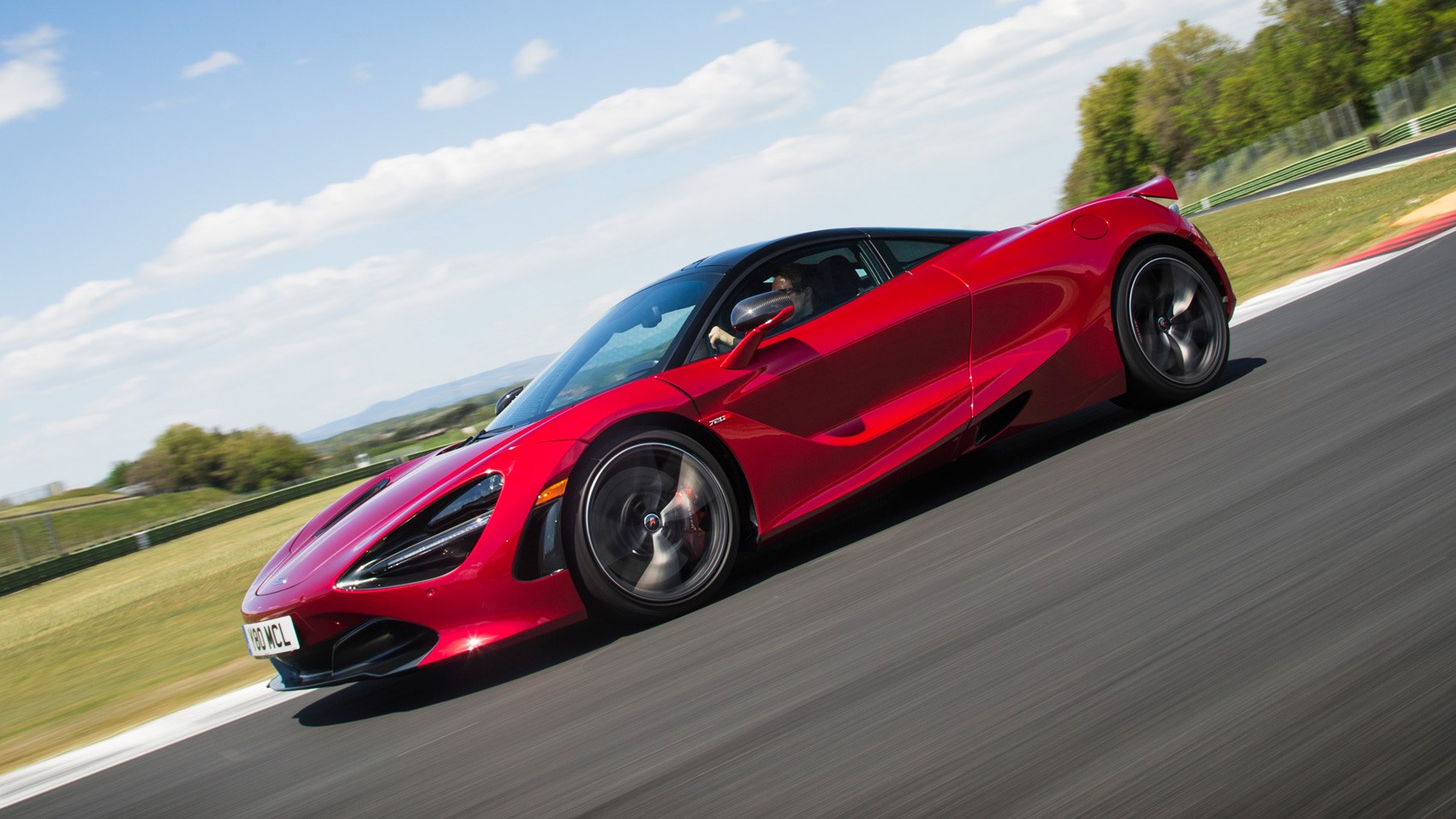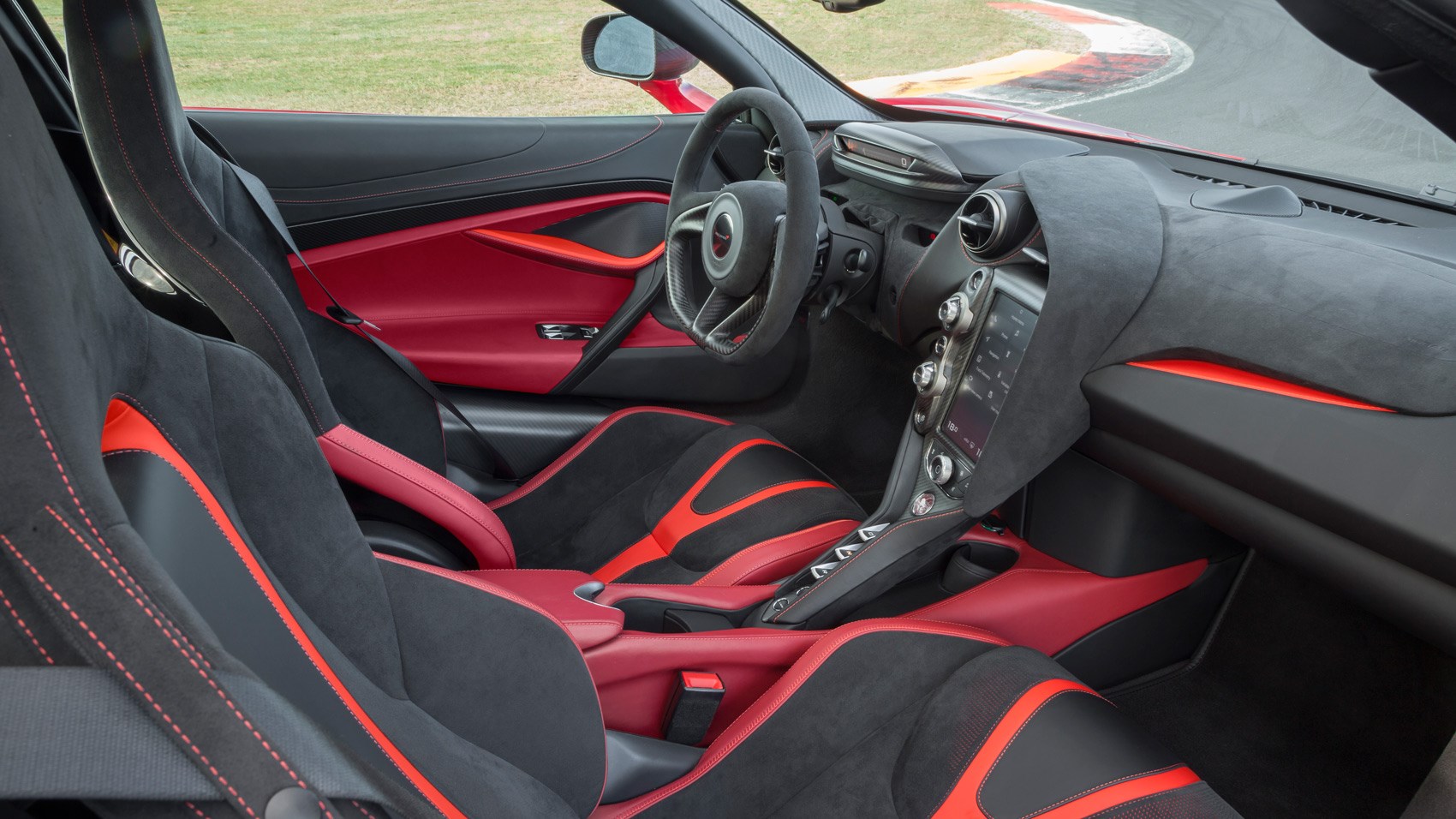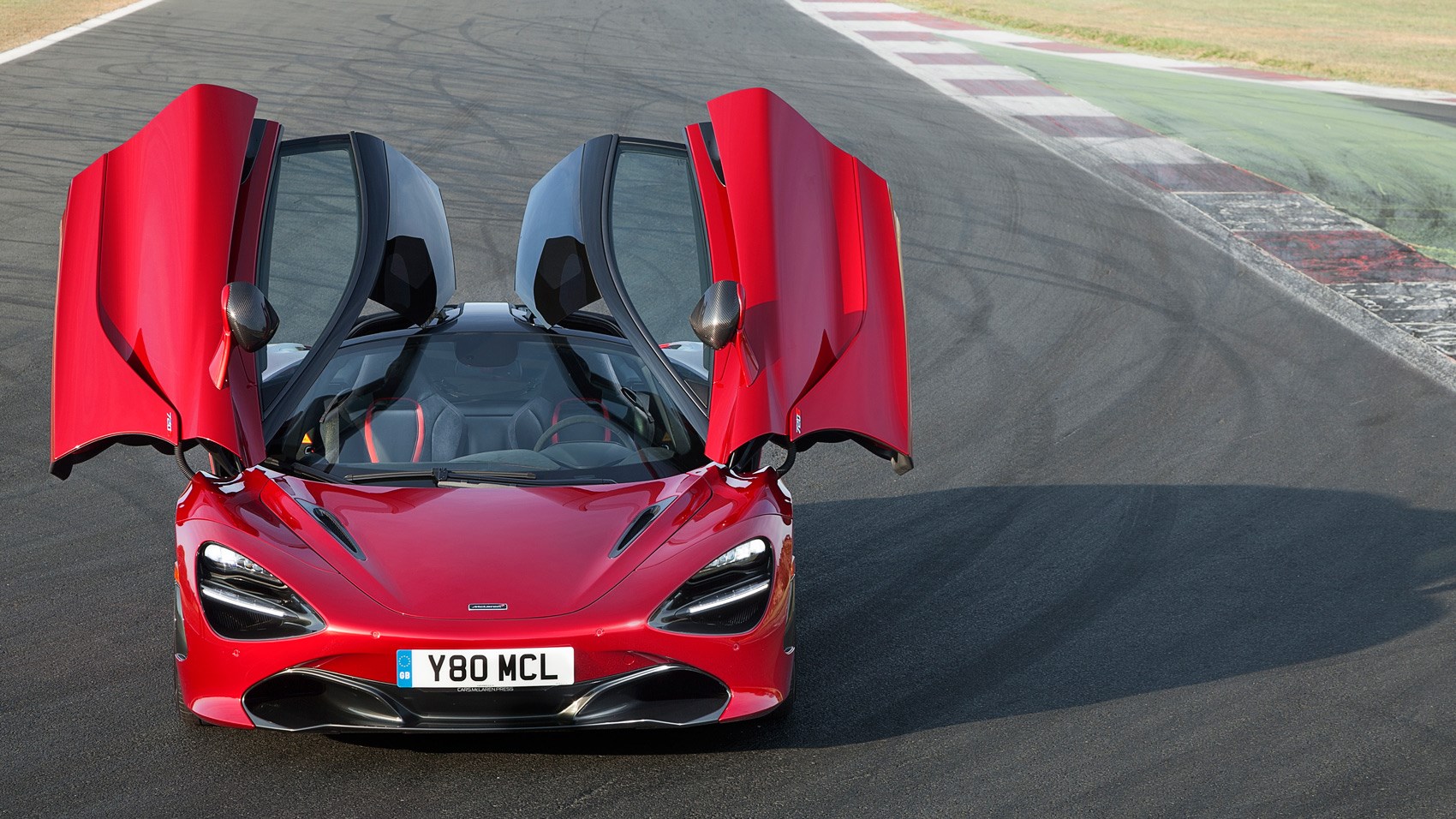► Read CAR’s McLaren 720S review
► Successor to the 12C and 650S
► 710bhp, 0-62mph in 2.8sec, £208,600
The 720S replaces McLaren’s 650S and ushers in a bold new design language. But does the excitement run more than skin deep?
One word: wow!
A few more: if McLaren is capable of stuff like this, why did the 12C (and its facelifted 650S successor) look so dull?
For reasons known only to itself, McLaren designed the 12C before hiring its first (and current) design boss, Frank Stephenson, and exterior designer Rob Melville.
The P1 and 570 showed what Stephenson, Melville and the other members of the design team were capable of, but this is their first crack at a Super Series car.
A what?
Oh come, on, surely you’ve got a handle on McLaren’s naming policy by now: Sport Series for entry level cars, Ultimate Series for halo cars like the P1 and P1 GTR, and Super Series for the stuff in the middle. Or Ferrari 488-series, you might say, because that’s what it’s up against.

And how does it compare?
In design terms, it kicks it red, white and blue. You might not like the headlamp treatment (the ‘eye sockets’ are actually giant air intakes), but hiding the side air intake behind a second door skin is a clever touch that gives the 720S a very unique look.
In performance terms the 720S also pushes ahead. The V8 gets a 200cc capacity hike to 4.0-litres and low inertia twin-scroll turbos to help reduce lag. It makes 710bhp (720ps), compared with 641bhp for the 650S and 661bhp for the Ferrari 488. Even the P1’s engine – minus the electric assist, admittedly – only produced 727bhp. Turbo lag isn’t completely eliminated, but it’s much better than in McLaren’s other cars, and the acceleration is phenomenal: 0-62mph in 2.8sec and 100mph in 7.8sec. The 488 needs 3.0sec and 8.3sec respectively.
If only it didn’t sound so meek, but then the Ferrari’s not much to listen to either. The Ferrari does have price on its side though. A 488 GTB costs £184k, and the McLaren wears a £208,600 sticker.
What about the chassis? Does it drive as differently as it looks like it should?
There’s noticeably more steering weight compared with the 650S, which gives a more connected feel at low speeds, and that’s come about due to geometry changes that dramatically improve the stability under extreme braking.

Otherwise, the sensations are very familiar, only improved. The chassis balance is excellent, offering plenty of traction to make use of the engine’s 568lb ft, while a new ‘Drift Control’ ESP system allows you to explore beyond the tyres’ limits without fear of falling into the sand. To be honest though ‘drift’ is slightly disingenuous. Do expect to pull off neat little slides. Don’t expect to exit corners with North Sea oil rig fire-levels of smoke pouring from the rear rubber.
And does the exciting new design direction mean McLaren has ditched its everyday-supercar philosophy?
Not at all. The hydraulic suspension ensures an excellent ride, the visibility is superb, and getting in and out is simpler thanks to a new lower sill and doors that require 155mm less space to swing open. Handy for tight parking spots.
There are also stacks of luggage space: 150 litres in the nose and 210 litres behind the seats. That’s more than you get in a Ford Focus. It’s just a shame the rear canopy doesn’t open to make loading easier like it does on the 570GT.

Verdict
If you can get on with those headlights, and are rich enough not to flinch at paying more for the 720S than its rivals, the only real sticking point is the standard car’s too-quiet exhaust. An optional sports exhaust partially remedies that, but if you really want the back of your neck to feel like a wire brush Lamborghini’s vastly cheaper Huracan has the soundtrack for the job.
But the Lambo doesn’t have the unique-in-class carbon chassis, or the exotic doors that McLaren’s rivals reserve for their halo models. It can’t match the 720’s obscene performance, friendly but engaging handling or practicality. Tot the points up and the 720S is clearly ahead of the competition. But this time, it has the emotional appeal of proper knockout aesthetics – the thing the 12C sorely lacked – to back the decision up.
Read all of our McLaren reviews